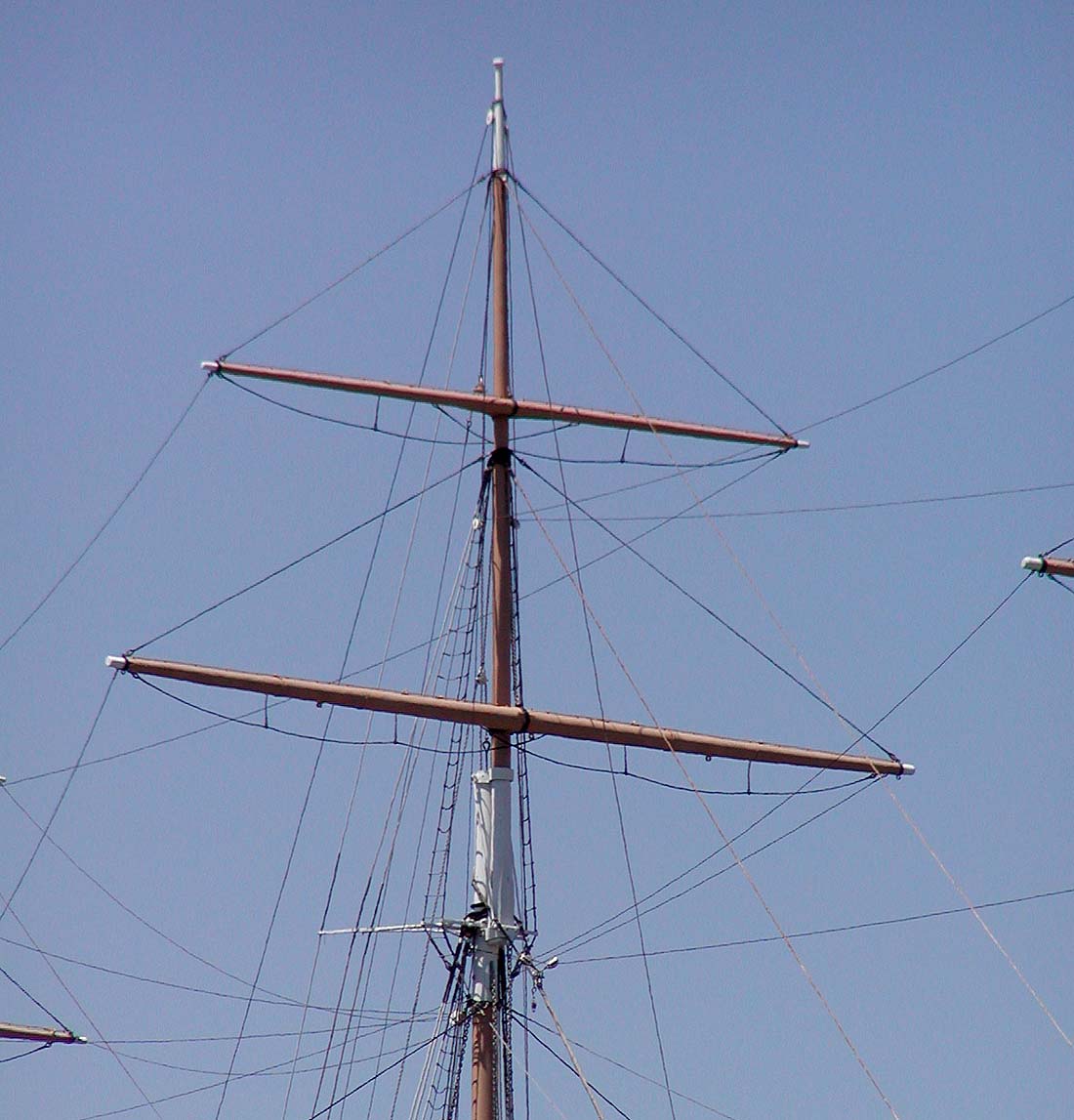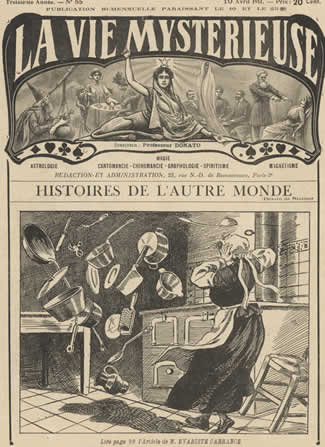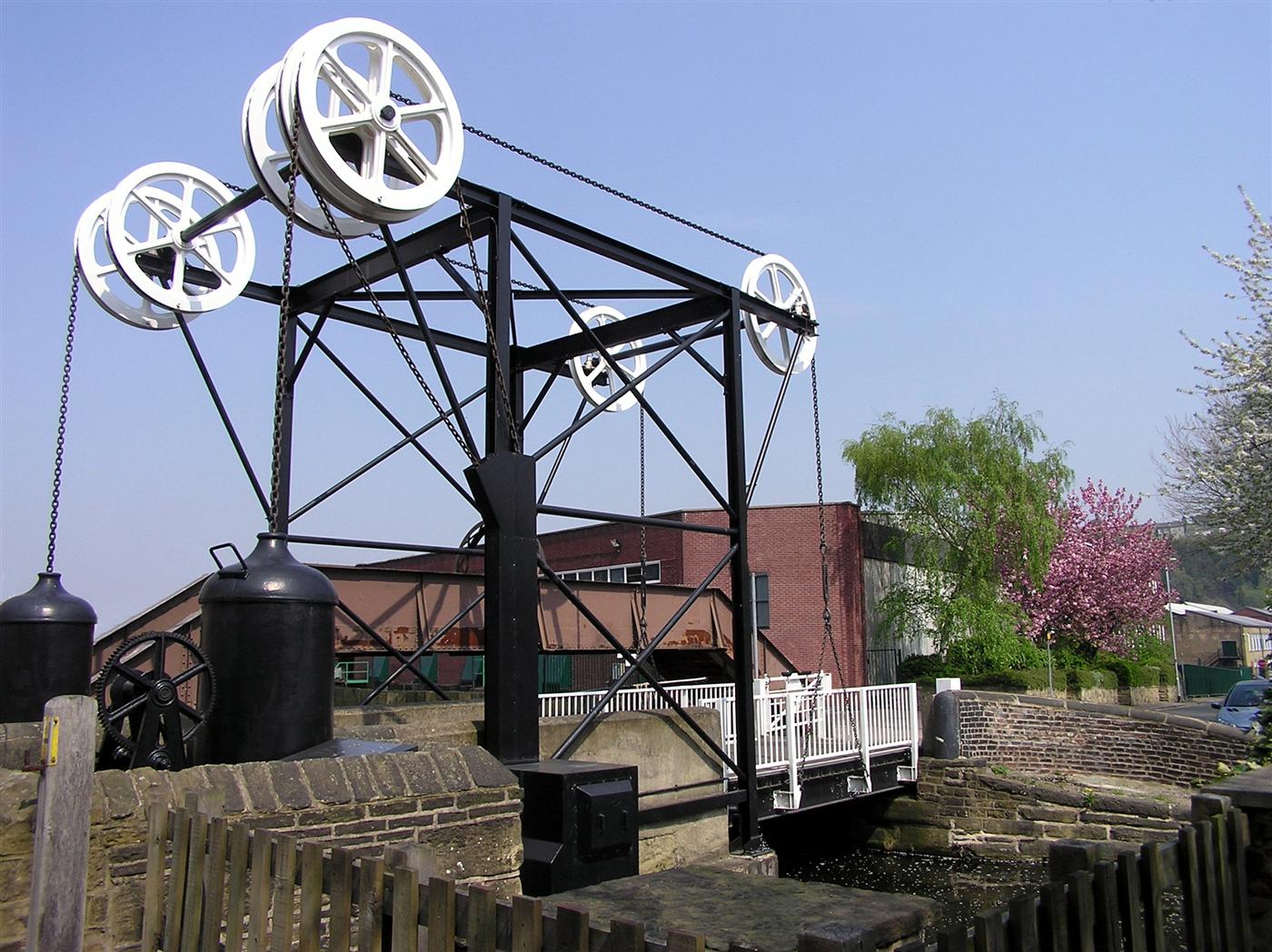|
Klabautermann
A Klabautermann () "hobgoblin"; or Kalfater ("caulker") is a water kobold that assists Frisian, German or Dutch sailors and fishermen on the North Sea in their duties. Dutch/Belgian tales of described them as cave dwellers in mountains, who may help out humans who put out offerings of bread and butter, sometimes out in the open, but other times at their millhouse or farmstead. Nomenclature The Klabautermann (also spelt ''Klaboterman'', ''Klabotermann'', ''Kalfatermann''), sometimes even referred to by the name "kobold" is a creature from the beliefs of fishermen and sailors of Germany's north coast, the Low Countries (Netherlands, etc.) in the North Sea and the Baltic countries as well. The Estonian counterpart are called or , borrowed from foreign speech. Etymology An etymology deriving the name from the verb ("to caulk") has been suggested by the linguist Friedrich Kluge, who considered "Klabautermann" merely to be a variant on "Kalfater" or "caulker" (attested by Temme). ... [...More Info...] [...Related Items...] OR: [Wikipedia] [Google] [Baidu] |
Kobold
A kobold (; ''kobolt'', ''kobolde'', cobold) is a general or generic name for the household spirit (''hausgeist'') in German folklore. It may invisibly make noises (i.e., be a poltergeist), or helpfully perform kitchen chores or stable work. But it can be a prankster as well. It may expect a bribe or offering of milk, etc. for its efforts or good behaviour. When mistreated (cf. fig. right), its reprisal can be utterly cruel. A () meaning "little hat" is one subtype; this and other kobold sprites are known for its pointy red cap, such as the ''niss'' (cognate of Nisse (folklore), nisse of Norway) or ''puk'' (cognate of Puck (folklore), puck fairy) which are attested in Northern Germany, alongside ''drak'', a dragon-type name, as the sprite is sometimes said to appear as a shaft of fire, with what looks like a head. There is also the combined form Nis Puk. A house sprite Hinzelmann is a shape-shifter assuming many forms, such as a feather or animals. The name supposedly refer ... [...More Info...] [...Related Items...] OR: [Wikipedia] [Google] [Baidu] |
Nisse (folklore)
A (, ), (), , or () is a household spirit from Nordic folklore which has always been described as a small human-like creature wearing a red cap and gray clothing, doing house and stable chores, and expecting to be rewarded at least once a year around winter solstice ( yuletide), with the gift of its favorite food, the porridge. Although there are several suggested etymologies, ''nisse'' may derive from the given name Niels or Nicholas, introduced 15–17th century (or earlier in medieval times according to some), hence ''nisse'' is cognate to Saint Nicholas and related to the Saint Nicholas Day gift giver to children. In the 19th century the Scandinavian ''nisse'' became increasingly associated with the Christmas season and Christmas gift giving, its pictorial depiction strongly influenced by American Santa Claus in some opinion, evolving into the . The nisse is one of the most familiar creatures of Scandinavian folklore, and he has appeared in many works of Scandinavian ... [...More Info...] [...Related Items...] OR: [Wikipedia] [Google] [Baidu] |
Demon
A demon is a malevolent supernatural entity. Historically, belief in demons, or stories about demons, occurs in folklore, mythology, religion, occultism, and literature; these beliefs are reflected in Media (communication), media including fiction, comics, film, television series, television, and video games. Belief in demons probably goes back to the Paleolithic, Paleolithic age, stemming from humanity's fear of the unknown, the strange and the horrific.. In Religions of the ancient Near East, ancient Near Eastern religions and in the Abrahamic religions, including History of Judaism, early Judaism and ancient-medieval Christian demonology, a demon is considered a harmful spiritual entity that may cause Spirit possession, demonic possession, calling for an exorcism. Large portions of Jewish demonology, a key influence on Christianity and Islam, originated from a later form of Zoroastrianism, and was transferred to Judaism during the Achaemenid Empire, Persian era. Demons may ... [...More Info...] [...Related Items...] OR: [Wikipedia] [Google] [Baidu] |
Fore-mast
The mast of a sailing ship, sailing vessel is a tall spar (sailing), spar, or arrangement of spars, erected more or less vertically on the median plane, median line of a ship or boat. Its purposes include carrying sails, spars, and derricks, giving necessary height to a navigation light, look-out position, naval flag signalling, signal yard (sailing), yard, Fire-control system#Naval fire control, control position, antenna (radio), radio aerial, or signal lamp. Large ships have several masts, with the size and configuration depending on the style of ship. Nearly all sailing masts are guyed mast, guyed. Until the mid-19th century, all vessels' masts were made of wood formed from a single or several pieces of timber which typically consisted of the trunk of a conifer tree. From the 16th century, vessels were often built of a size requiring masts taller and thicker than from single tree trunks. On these larger vessels, to achieve the required height, the masts were built from up to fo ... [...More Info...] [...Related Items...] OR: [Wikipedia] [Google] [Baidu] |
Poltergeist
In German folklore and ghostlore, a poltergeist ( or ; ; or ) is a type of ghost or spirit that is responsible for physical disturbances, such as loud noises and objects being moved or destroyed. Most claims or fictional descriptions of poltergeists show them as being capable of pinching, biting, hitting, and tripping people. They are also depicted as capable of the movement or levitation of objects such as furniture and cutlery, or noises such as knocking on doors. Foul smells are also associated with poltergeist occurrences, as well as spontaneous fires and different electrical issues such as flickering lights. These manifestations have been recorded in many cultures and countries, including Brazil, Australia, the United States, Japan and most European nations. The first recorded cases date back to the 1st century. Skeptics explain poltergeists as juvenile tricksters fooling credulous adults. Etymology The word ''poltergeist'' comes from the German language words and ... [...More Info...] [...Related Items...] OR: [Wikipedia] [Google] [Baidu] |
Windlass
The windlass is an apparatus for moving heavy weights. Typically, a windlass consists of a horizontal cylinder (barrel), which is rotated by the turn of a crank or belt. A winch is affixed to one or both ends, and a cable or rope is wound around the winch, pulling a weight attached to the opposite end. The Greek scientist Archimedes was the inventor of the windlass. A surviving medieval windlass, dated to –1400, is in the Church of St Mary and All Saints, Chesterfield. The oldest depiction of a windlass for raising water can be found in the Book of Agriculture published in 1313 by the Chinese official Wang Zhen (inventor), Wang Zhen of the Yuan Dynasty ( 1290–1333). Uses * Vitruvius, a military engineer writing about 28 BC, defined a machine as "a combination of timber fastened together, chiefly efficacious in moving great weights". About a century later, Hero of Alexandria summarized the practice of his day by naming the "five simple machines" for "moving a given ... [...More Info...] [...Related Items...] OR: [Wikipedia] [Google] [Baidu] |
Piracy
Piracy is an act of robbery or criminal violence by ship or boat-borne attackers upon another ship or a coastal area, typically with the goal of stealing cargo and valuable goods, or taking hostages. Those who conduct acts of piracy are called pirates, and vessels used for piracy are called pirate ships. The earliest documented instances of piracy were in the 14th century BC, when the Sea Peoples, a group of ocean raiders, attacked the ships of the Aegean and Mediterranean civilisations. Narrow channels which funnel shipping into predictable routes have long created opportunities for piracy, as well as for privateering and commerce raiding. Historic examples of such areas include the waters of Gibraltar, the Strait of Malacca, Madagascar, the Gulf of Aden, and the English Channel, whose geographic structures facilitated pirate attacks. The term ''piracy'' generally refers to maritime piracy, although the term has been generalized to refer to acts committed on land, ... [...More Info...] [...Related Items...] OR: [Wikipedia] [Google] [Baidu] |
Wight
A wight is a being or thing. This general meaning is shared by cognate terms in Germanic languages, however the usage of the term varies greatly over time and between regions. In Old English, it could refer to anything in existence, with more specific usages arising in Middle English, perhaps due to the term of similar meaning in Anglo-Norman, . The term is widely used in modern fantasy, often to mean specifically a being which is undead. Etymology Modern English "wight" is descended from or , from , from Proto-West Germanic '*wihti' from from Proto-Indo-European: '*wekti' ("cause, sake, thing"), from Proto-Indo-European "*wekʷ-" ("to say, tell"). "Wight" is further cognate with , , , and , the ancestor of , and . A dialect form in Swedish is , which, similar to the other form, is descended from Old Swedish: ''vætter''. Medieval period Old English In Old English, has been variously translated as "wight", "creature" and "being". The term is found in the compound wor ... [...More Info...] [...Related Items...] OR: [Wikipedia] [Google] [Baidu] |
Henning Frederik Feilberg
Henning Frederik Feilberg (6 August 1831 in Hillerød – 8 October 1921 in Askov), was a Danish pastor, author and folklorist. His research and publications represent significant contributions to the field of Danish folklore. Biography Feilberg moved with his family to southern Jutland as a small child, later becoming a pastor there, following in his father's footsteps. In 1856, his interest in philology and folklore was encouraged by the time he spent working as a curate with Eiler Henning Hagerup in Großsolt, Store Solt to the south of Flensburg. In 1869, when he was a pastor in Brørup, he took a renewed interest in folklore, contributing to the journal ''Nordisk Månedsskrift''. This led to a journey to Norway where he met Eilert Sundt. He married in 1860 and had six children to Louise Anna Andersen von Nutzhorn (1831-1897). In 1891, on his retirement, he moved to Askov where he worked on a voluntary basis as a high school teacher while devoting the rest of his life to fol ... [...More Info...] [...Related Items...] OR: [Wikipedia] [Google] [Baidu] |
Rügen
Rügen (; Rani: ''Rȯjana'', ''Rāna''; , ) is Germany's largest island. It is located off the Pomeranian coast in the Baltic Sea and belongs to the state of Mecklenburg-Western Pomerania. The "gateway" to Rügen island is the Hanseatic city of Stralsund, where it is linked to the mainland by road and railway via the Rügen Bridge and Causeway, two routes crossing the two-kilometre-wide Strelasund, a sound of the Baltic Sea. Rügen has a maximum length of (from north to south), a maximum width of in the south and an area of . The coast is characterised by numerous sandy beaches, lagoons () and open bays (), as well as peninsulas and headlands. In June 2011, UNESCO awarded the status of a World Heritage Site to the Jasmund National Park, characterised by vast stands of beeches and chalk cliffs like King's Chair, the main landmark of Rügen island. The island of Rügen is part of the district of Vorpommern-Rügen, with its county seat in Stralsund. The towns on Rüg ... [...More Info...] [...Related Items...] OR: [Wikipedia] [Google] [Baidu] |







